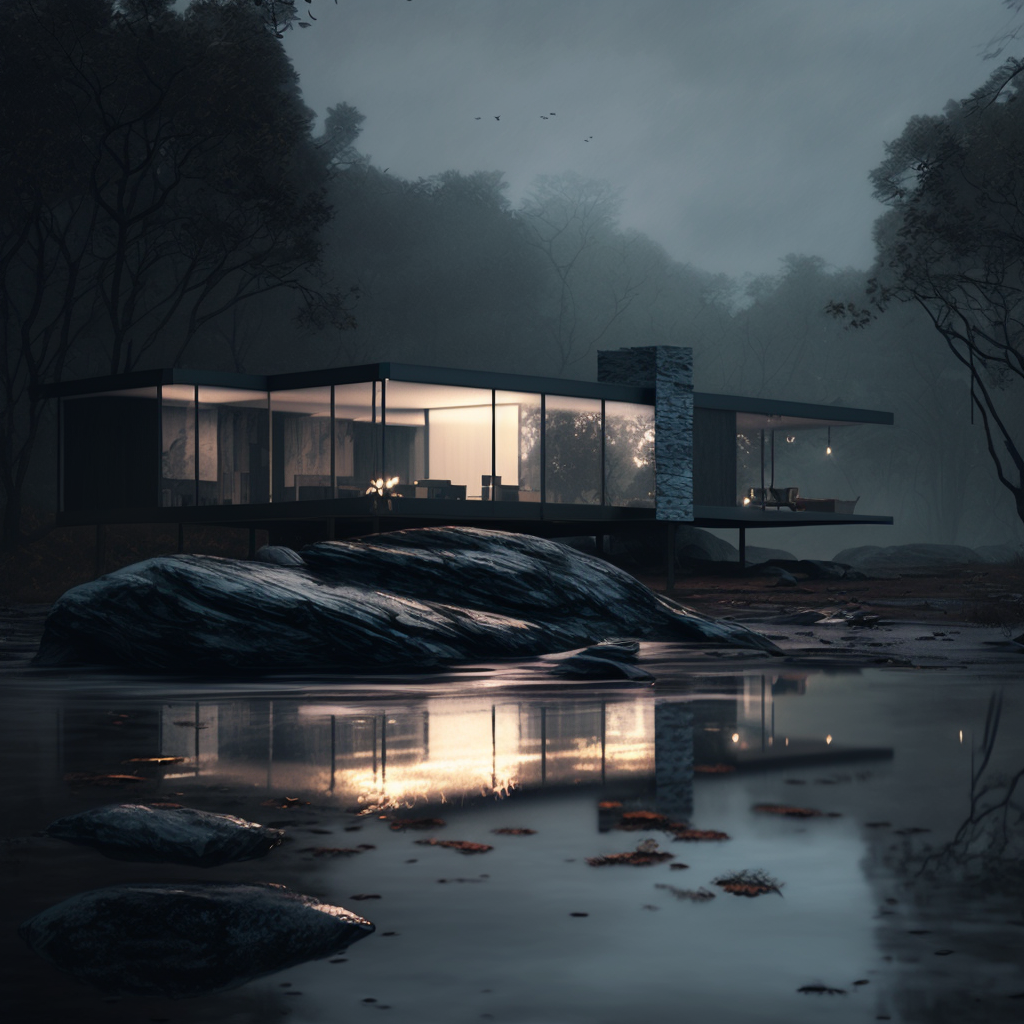Generative AI is changing every field that deals with visuals. In addition to changing the game in photography and videography, today’s generative AI systems are beginning to disrupt and change 3D rendering.
Generative AI systems can create 3D renders directly. But they’re also powerful tools for specific aspects of the 3D rendering field, from video game design to realtime rendering, to automotive rendering.
Here’s a look at 5 ways to use generative AI for 3D rendering. Some of these are available now, and others are in the pipeline and will likely emerge in the next 1-2 years.

Creating 3D Models With Generative AI
Creating a convincing 3D render often begins with choosing a high-quality model. There are numerous sources already available for downloading quality models of existing objects.
But what if one of these libraries doesn’t have the model you need? Or what if you need to model something that doesn’t yet exist?
That’s where generative AI can come in. Tools like NVIDIA’s Get3D can create 3D models using either 2D images or textual prompts. These 3D models can then be placed into a scene to build a full 3D render.
Creating 3D models using generative AI will revolutionize the space. The tech is in its infancy, but as these technologies advance, it will be possible to generate many models without the tedious process of designing models by hand.
Generative AI for Backgrounds
In addition to quality 3D models, 3D renders also rely on realistic backgrounds. Currently, many of these backgrounds are in the form of HDRi Maps or Backplates.
These assets need to be captured from real-world locations, or created by hand in illustration or design tools.
If you need a background that simulates the real world–such as a street in New York City or a scene of Bixby Bridge for an automotive render–you’ll probably rely on large libraries of high-resolution HDRi Environments captured from real places.

Generative AI, however, offers the opportunity to create a limitless number of backgrounds for your 3D renders. Currently, generative AI tools for creating images struggle to create HDRi Maps with sufficient resolution for production-ready renders.
As the tech advances and more training is done, however, this will change. Generative AI will ultimately be able to generate high-quality backgrounds using either a source image for inspiration or even a simple text prompt.
Ideation and Concepting
When creating a 3D render, coming up with a creative idea is often half the battle. A client might ask for a particular type of render, but hashing out the details takes time and experience.
Generative AI tools like ChatGPT can already assist with this task. 3D designers can provide a basic description of the scene they want to create, and these Large Language Models will come up with compelling details to include.
For example, we asked ChatGPT to “Write a creative brief for a 3D render of a car on Bixby Bridge.”
It provided a detailed and complex description of a scene that a designer could create from that basic specification.

Creating Variations on a Product or Object
Generative AI is already able to create basic or generic 3D models for inclusion in a scene. For automotive rendering or product rendering, though, details matter.
A specific car model can’t be generic–it needs to accurately reflect every detail of a real-world car.
Increasingly, generative AI will be able to meet this need. When creating variations of a product or vehicle, 3D designers will be able to begin with a source 3D model created by a human designer, which includes all the specific nuances of a product.
Generative AI will then be able to tweak the basic model in helpful ways. For example, generative AI could swap out colors or trim levels for a car, allowing a 3D designer to model it once and then use the same model for every color or trim level combination.
This process maintains the specifics of the original model while saving designers the busy work of swapping out minor details.
Enhancing Realtime Rendering
Today’s generative AI models require powerful hardware in order to be trained on often massive datasets. Several companies are already scaling up operations to produce this dedicated hardware.
Many of the same hardware used for training AI can also be used to create high-quality graphics. This spillover from AI training means that the rendering of 3D models will get faster and more efficient as hardware continues to improve.
We’re already seeing this with new tools like NVIDIA’s Omniverse Composer . The software is able to render high-quality 3D models multiple times each second, using powerful graphics hardware.
This is already a major speed improvement over previous rendering tools, which could take minutes to render a similar scene.
In this case, generative AI isn’t directly impacting 3D rendering. However the technical gains made in AI training end up benefiting other industries, including the 3D rendering space.
Conclusion
Every visual field will be impacted by generative AI, and 3D rendering is no exception. Today’s generative AI tools can already create 3D models, provide ideas for 3D designers, and assist with real-time rendering
In the future, generative AI will be able to create convincing and high-quality backgrounds, as well as create fully-realistic 3D models for product and automotive rendering.
The field of generative AI is advancing rapidly. It’s essential for 3D designers to keep up with the latest tech.
Want to keep up to date on the latest in generative AI for 3D rendering? Subscribe to our newsletter.
